Hawkins elicits increasing clearly defined tones from his modular synth, with bright ambience and traces of an improvisatory concert of lofty circles in the air, like entangled particles dancing in their contemplative and transcendent harmonic existence.

Rooted in a transcendent harmonic bodily world
Bart Hawkins’ latest album is one super-charged particle of art in sound. Bell’s Theorem is as mesmerizing as it is a luxurious cosmic experience into the wonderfully weird realm of quantum physics. Hawkins elicits increasing clearly defined tones from his modular synth, with bright ambience and traces of an improvisatory concert of lofty circles in the air, like entangled particles dancing in their contemplative and transcendent harmonic existence. Bart recorded wind chimes and bells, then time stretched, pitch shifted and created patterns from these recordings as a textual background that emphasized on the timbre and texture of this album. All these ‘Bell’ textures swirl together into rolling waves that rise climatically and then fall apart, reminding us of the impermanence of everything. However, these self-contained universes of sound are rooted in a transcendent harmonic bodily world, giving it depth and grounding.
“This beautiful ambient record was an opportunity to free my mind, towards something contemplative, more vivid, expansive and widescreen.” This is a solid step forward as Bart continues what he’s acknowledged will be “an ever-evolving process, as I unfold, so does the music”.
One of the more disquieting discoveries in the past half century is that the universe is not locally real. What does that mean? “Local” means objects can only be influenced by other objects in their proximate surroundings, not remotely. Perhaps some objects are not influenced solely by their surroundings and they may also lack definitive properties prior to measurement. Einstein quipped, “Do you really believe the moon is not there when you are not looking at it?” Maybe Douglas Adams nailed it, something about how the demise of local realism has made a lot of people very angry and been widely regarded as a bad move. This is only a start to our journey to quantum nirvana. Check to see if the power is plugged in.
Observes Hawkins, “I love how I can really connect to the electrical currents in its raw form, like having a great conversation with a friend. The deeper you listen, the more its voice seems to know how to direct you in its own signal path, so that you become a conduit to its voice, not the other way around. At times it is magical and becomes a place where you can leave all rational and linear thoughts behind.”
An important aspect of Bell’s Theorem (the album) is that there is no reliance on keyboards, this is a layered modular sound with complex melodic electronica. Hawkins is a sound artist who creates lovely visionary musical landscapes and sonic textures. Beginning in the early 1980’s his practice of meditation and the love of the Berlin School of EM opened his senses to an inner universe. His time as a professional cinematographer translated well into visionary music that breaks open new dimensions of audio experiences.
Tiny sounds tinkling and sparkling ::
“For me, Modular synthesis is an esoteric path that leads you out of the mundane.”
Quantum mechanics differs from classical physics in that energy, momentum, angular momentum, and other quantities are expressed with discrete values. That measurement is known as quantization. Objects have characteristics of both particles and waves (wave-particle, would that be a wavicle?), and there are limits to how accurately the value of a physical quantity can be predicted prior to its measurement, given a complete set of initial conditions, which is what is known as the uncertainty principle. What if? Can things found in nature be described or measured by local hidden-variable theory? Would that contradict the predictions of quantum mechanics?
The “local” in this case refers to physical proximity. “Hidden variables” are properties that are undetectable but still affect the outcome of measurements or experiments. In the words of Bell, “If [a hidden-variable theory] is local it will not agree with quantum mechanics, and if it agrees with quantum mechanics it will not be local.”
What would all that sound like?
Erm, I do hear what appears to be an organ sparkling in a great cathedral, the sound fills the chamber, a beat comes together slowly, gaining complexity, suddenly the strings emerge, “Entanglement” (11:03) and the change holds together. I think I hear a sequencer-calliope calling, “Nonlocality” (6:09), is a dazzling ride. So here we are, the description of physical reality provided by quantum mechanics is incomplete. The existence of “elements of reality” that are not part of a quantum theory is evidently missing, and there maybe/probably should be a theory that does contain them.
EPR refers to the Einstein–Podolsky–Rosen (EPR) thought experiment, meant to illustrate the absurdity of absolute empirical quantum mechanics (how is this helpful? Dunno). There is some disagreement regarding what Bell’s inequality, in conjunction with the EPR analysis, can be said to imply. According to one interpretation, it does not pertain to all local theories in general, but only local hidden-variables theories have shown to be incompatible with the predictions of quantum theory. Whatever. I hear energized patterns, “Bell Inequalities” (6:54), so many tiny sounds tinkling and sparkling. Things change, the tempo slows way down. Listen. Is this from a wet cave? The symphony stirs, the strange birds call. “The EPR Paradox” (11:43) I think I hear amazing electronic horns finish up the track.
We know that we do not know some things ::
“Spooky Action at a Distance” (9:06) starts off scary and tense, and then it skillfully gets more claustrophobic, and then sweetens and flows gently off. The “spooky action” that bothered Einstein involves that business known as entanglement, in which two particles that we would normally think of as distinct entities lose their independence, and are certainly not proximate to each other, possibly they could be light years away from each other but they are linked somehow. Spooky action at a distance disconnects physical proximity as a measurable relationship and involves the absence of free will, challenging any and all absolute determinism in the universe. Suppose the world, including all of terrestrial nature and the physical universe, is possible to measure, and everything is super-deterministic, including the “decision” by the experimenter to carry out one set of measurements rather than another, would some of the difficulty disappear? (WTF!) This is not likely because there is so much detail to measure and include, such as atomic wobbling or spinning, which are not always detectable, and other kinds of motion, plus stuff never before considered. There are most likely things out there that we do not know about yet. We know that we do not know some things. Proceed.
Several patterns are coming into focus, slowly. “Local Hidden Variables” (8:24). The cathedral of echoes is blasted by bright energy, gloriously sparkling and tinkling. The “Detection Loophole” (9:33) has an ascending quality, the complexity is constant, and at the end, the closing track is “Everybody Rides the Carousel” (8:24). An environment is set up and gets stronger, the motion gives a gentle sensation of whirling gravity distortion up my slippery spinal chord. I have never had this much fun before, I have to admit it.
Music and science are friends, much of the time. Sometimes. Or maybe nobody really understands, therefore the sound alone (plus the album’s cover art) is the only proof that we have here today to be verified. Try this for yourself, empirical conditions suggest that this is a valid exercise. Trust only your own ears, constant listeners. I posit that the music is cosmic, with layered patterns and granular sparkles. Each track takes you on a different part of the journey, through very different terrain rendered with the modular sequencer. When you pull all the parts of the journey together, you have more of the story.
Bell’s Theorem is available on Bandcamp.






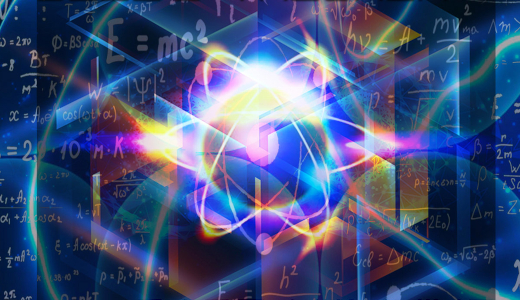




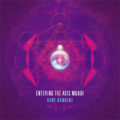
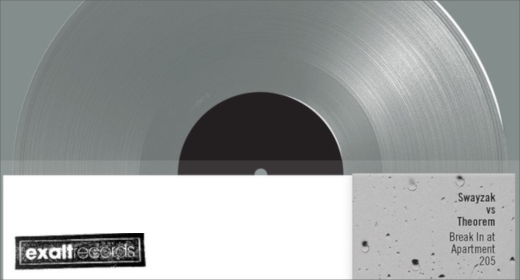

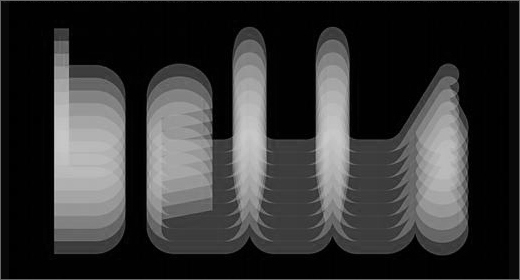
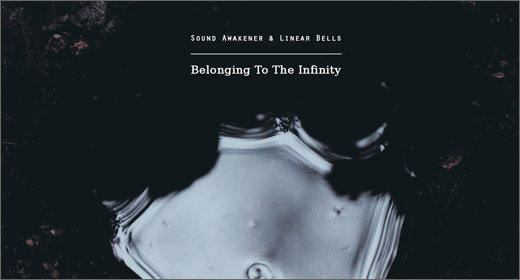


![Pole :: Tempus Remixes (Mute) — [concise]](https://igloomag.com/wp/wp-content/uploads/2025/04/pole-tempus-remixes_feat-75x75.jpg)






![Hasbeen :: Bunker Symphonies II (Clean Error) — [concise]](https://igloomag.com/wp/wp-content/uploads/2025/04/hasbeen-bunker-symphonies-ii_feat-75x75.jpg)

